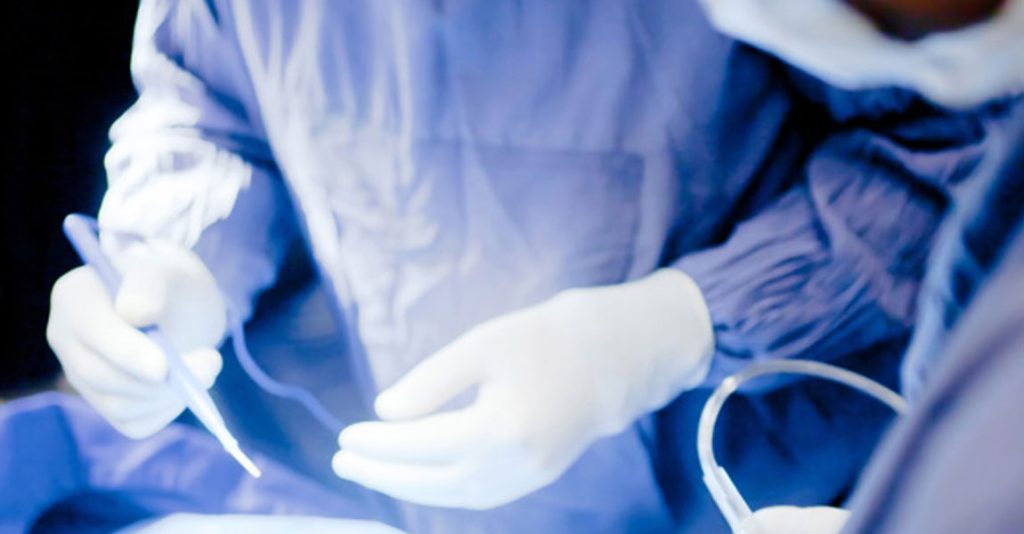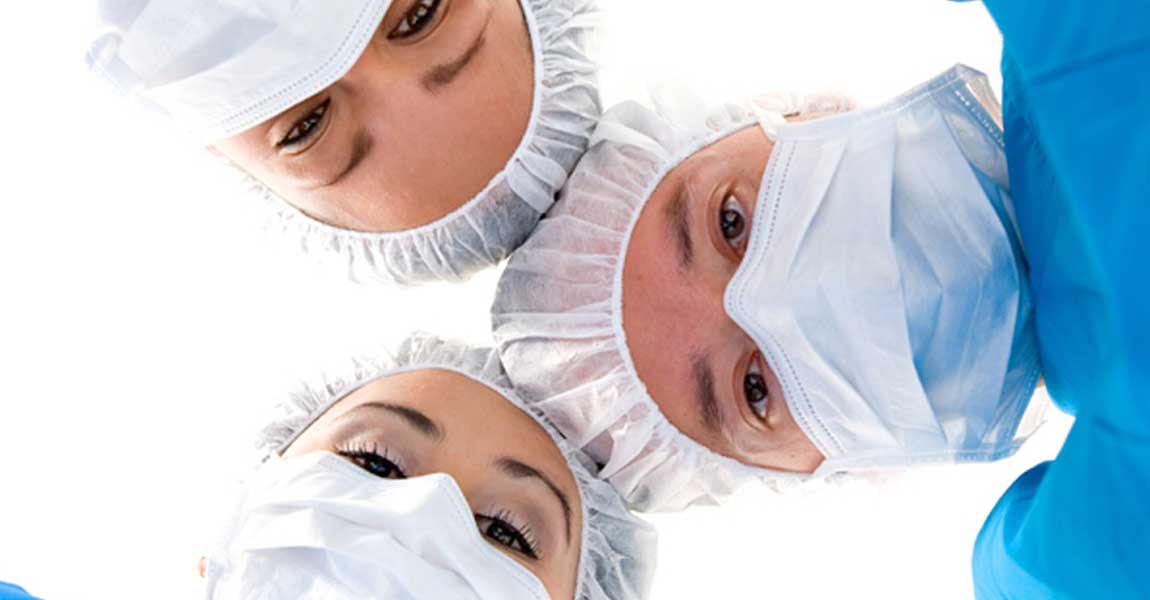
Advances in Surgery – our thanks to who?
Home > Health Info > Health Articles

Surgeons can be the ‘prima donnas’ of medicine, if you like. It is the surgeons who get the headlines in the newspapers. It is the surgeons who are the stars in movies and TV. Who can remember the irascible surgeon Sir Lancelot Spratt (Dr. In The House, 1954) or the young surgeon Dr. Kildare (1961)? Slightly more recent, the American surgeons in M*A*S*H?
However, surgeons have been around for many centuries and have their own Royal College. The origins of the first Royal College of Surgeons go back to the fourteenth century with the foundation of the ‘Guild of Surgeons Within the City of London’. There was dispute between the surgeons and barber surgeons until an agreement was signed between them in 1493, giving the fellowship of surgeons the power of incorporation. In 1745 the surgeons broke away from the barbers to form the Company of Surgeons. In 1800 the Company was granted a Royal Charter to become the Royal College of Surgeons in London. A further charter in 1843 granted it the present title of the Royal College of Surgeons of England (of which I proudly say I am a member).
So the surgeons have been around for a while, but interestingly the enormous advances in the ‘art’ of surgery, such as the sleeve gastrectomy done here as a minimally invasive procedure (keyhole surgery), has relied not on the surgeons, but the anesthetists. Without them, brawny assistants would still be holding patients down while surgeons attacked with scalpels and saws and the patient lay there screaming.
Up to around the Crimean War 150 years ago, the best surgeons were the quickest surgeons. The incredible searing pain only had to be endured for a shorter time. One famous surgeon, Dr. Pott, was able to disarticulate an ankle and dip the soggy end of the lower leg into boiling pitch to seal the bleeders, all in 15 seconds. Yes, we have improved a little since then.
The first anesthetic agent was ether, dribbled on to a mask to knock the patient out and allow the surgeon to take his time and become meticulous in his approach, and the first public demonstration of ether anesthesia took place on 16 October 1846, at Massachusetts General Hospital in Boston.
The next major advance was local anesthesia – cocaine – in 1877. Things definitely did go better with ‘coke’! Then came local infiltration, nerve blocks and then spinal and epidural anesthesia which is still used today, especially in obstetric anesthesia, where the mother can be anaesthetized, without the baby being affected as well.
The next important innovation was to control the airways with the use of tubes placed into the trachea. This permitted control of breathing and then came the introduction of intravenous induction agents. After that came the introduction of muscle relaxants, firstly with curare (the South American Indian poison, but not administered by native blowpipe) and then agents less dangerous, with the research still continuing.
And yes, we have specialist anesthetists here, as well as specialist surgeons. They make good teams!

Share :


